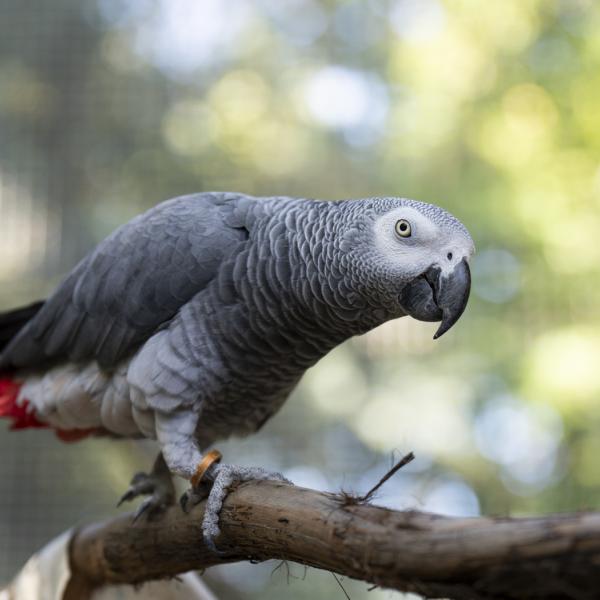African gray parrots are among the most intelligent birds in the world and can even mimic human speech.
They are the largest parrot species in Africa.
Scientific Name: Psittacus erithacus
Conservation Status: Endangered
Size: 13 to 16 inches long, with a qingspan of 18 to 20 inches
Weight: 14 oz.
Median Life Expectancy:









